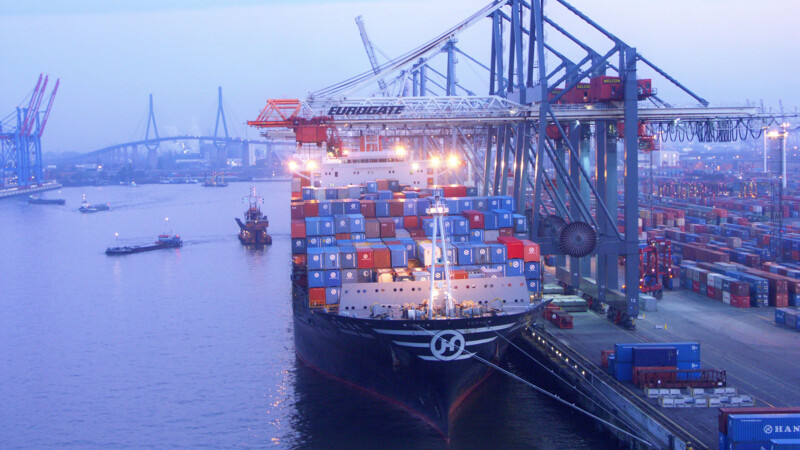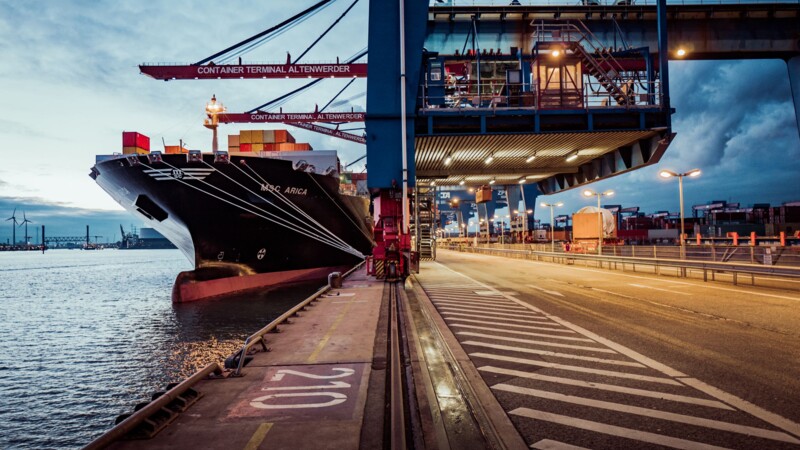Michael Westhagemann, Senator for Economics and Transport, said: “The issue of hydrogen is close to my heart. The hydrogen industry is to become a pillar of the energy transition and that of traffic.” Developing sufficient capacities for electrolysis, which converts electricity into hydrogen would mark a first step. A capacity of 500 megawatts is to be available in northern Germany by 2025. Over 150,000 cars could be powered by electricity from wind farms. Five gigawatts should be available in 2030. Such an amount would supply all the cars registered in Schleswig-Holstein with energy. The plans also foresee a network of 250 hydrogen filling station network in northern Germany.
The states of Bremen, Hamburg, Mecklenburg-West Pomerania, Lower Saxony and Schleswig-Holstein adopted Thursday (November 7, 2019) a joint North German Hydrogen Strategy, in which the states pioneer the use of hydrogen as part of Germany’s energy transition. Wind across the coastal region would generate environment-friendly electricity and hydrogen would be stored underground and exported through seaports, according to their strategy.
More electrolysis for environment-friendly mobility
German government’s support
Ministers and senators across the states have urged the German government to support their efforts to advance the hydrogen sector. “The German government must provide the necessary impetus. We will approach the government with this strategy paper promptly, show our determination here in northern Germany and urge the government to set the future course towards hydrogen quickly,” said Westhagemann.
Research on hydrogen at DMZ
The heads of department have also held talks with the German Maritime Centre (DMZ) in Hamburg. Emphasis will be on research, development and innovation including hydrogen, safety and autonomous driving in future.
mt/pb
Sources and further information
Similar articles

HHLA to become climate neutral by 2040
